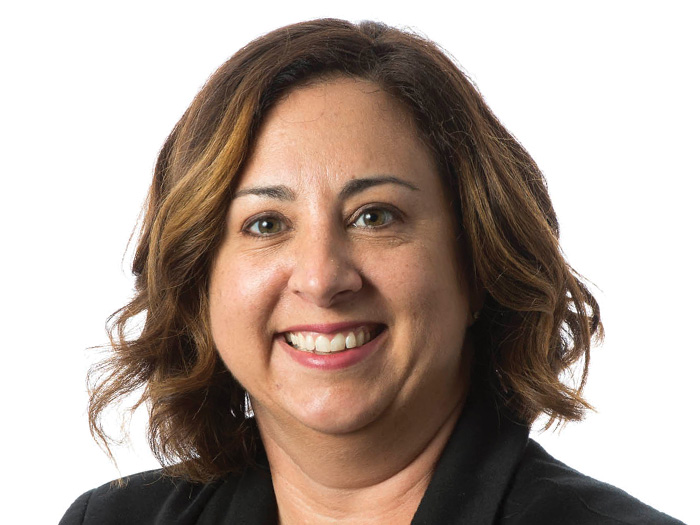Pharmacy Management
PBM: Synergy Is Key to Better Pain Management

The decision of whether to prescribe opioids for an injured worker’s pain is a balancing act. Physicians must weigh the potential benefits against the risks of misuse and abuse.
But increasingly, there are tools to help, including treatment guidelines, policies and regulations, and drug monitoring programs. While none is a panacea, a combination of available resources can lead to better pain management decisions.
“I’m always amazed at what the urine drug testing comes out with,” said Dr. Steven Stanos, medical director of myMatrixx, a pharmacy benefit management company. “The key is [using] multiple tools together. No one tool is going to be perfect.”
Stanos recently participated in a webinar addressing controls on prescription drug abuse and changes on the horizon. While urine testing is one tool available to ensure injured workers are adhering to their prescribed treatments, Stanos explained that physicians don’t always take advantage of that or other resources.
“Early on in treatment, there is a knee-jerk reaction to go to opioids,” Stanos said. “Hopefully with [physician] education, it will improve.”
High-Risk Patients
Identifying patients at risk is the first step in preventing medication abuse and misuse. While far from an exact science, some characteristics should serve as warning signs.
So-called doctor shoppers — patients who visit multiple prescribers — are chief among the high-risk group. Patients who abuse other drugs are also more likely to misuse opioids, according to myMatrixx, as are low-income residents in rural areas and patients with a history of mental illness and substance abuse. It’s important to flag high-risk patients at the beginning of treatment.
“It’s a very unique area of medicine,” Stanos said. “Is this a legitimate patient, is the pain real, is the patient averting or selling some of the drugs? That’s the big issue — trying to do the assessment.”
Recent Changes
Governments are taking actions to rein in the potential overprescribing of opioids. The federal government recently announced that it will further restrict access to hydrocodone combination medications by reclassifying them as Schedule II under the Controlled Substances Act.
“Physicians cannot write prescriptions for refills, and they cannot phone or fax prescriptions to a pharmacy,” said Phil Walls, chief clinical and compliance officer for myMatrixx. “It would be ideal if this decreased the usage of these, but the DEA change does not impact utilization.”
As Walls explained, rescheduling is one tool the DEA uses to help control medications. However, it is not the DEA’s job to manage the practice of medicine.
Another federal action aimed at stemming the abuse of opioids is the Risk Evaluation and Mitigation Strategy for extended-release and long-acting opioid analgesics. The REMS program encourages prescribers to become better educated on the products.
“Early on in treatment, there is a knee-jerk reaction to go to opioids. Hopefully with [physician] education, it will improve.” — Dr. Steven Stanos, medical director, myMatrixx
“We are now seeing a small percentage of physicians attending the training,” Stanos said.
Many states have implemented pain management guidelines. Some are based on the Official Disability Guidelines or the American College of Occupational and Environmental Medicine guidelines; others have a hybrid of the two; some have none — all of which creates confusion.
It’s important for physicians “to understand what is going on. Many times physicians are not aware [of their state’s pain management guidelines] or are only aware of the political issues,” Stanos said. “Many of the guidelines are a good source of information. If used in the right manner, they can be very valuable.”
More states are adopting guidelines and strategies to address the opioid issue.
Pain management clinic laws are another example of state governments trying to control opioid misuse. In place in 11 states, these define what a pain management clinic is and often include continuing educational requirements.
Additional tools available to help physicians make the best decisions about opioid prescribing for their injured workers are UDTs and prescription drug monitoring programs. “Both can be very effective,” Stanos said. “The expansion of PDMPs has [also] really helped.”
While PDMPs are a “step in the right direction,” they are not yet as effective as some had hoped, Walls said. Jurisdictional differences account for tremendous variation. Every state has adopted some form of PDMP with the exception of Missouri.
“I’ve heard the DEA is concerned about the lack of a PDMP [in Missouri], that it could actually drive bad practices in pain management in that state,” Walls said. “It’s something to watch out for.”
On the Horizon
This year may see additional states ramping up legislative efforts to control opioid misuse and abuse. Pennsylvania has legislation pending to limit dispensing while Indiana and North Carolina have passed such measures. However, similar efforts have failed in Arkansas, Arizona, and Maryland.
New treatment guidelines have been proposed in California and New York, and adopted in Oklahoma and Montana.
Louisiana adopted legislation to move the medication Carisoprodol from Schedule IV to the more restrictive Schedule II, and another bill that says Schedule II drugs may not be filled more than 90 days after the prescription date and requires prescribers to access the state’s prescription monitoring program before prescribing a Schedule II drug for the treatment of non-cancer-related chronic or intractable pain.










